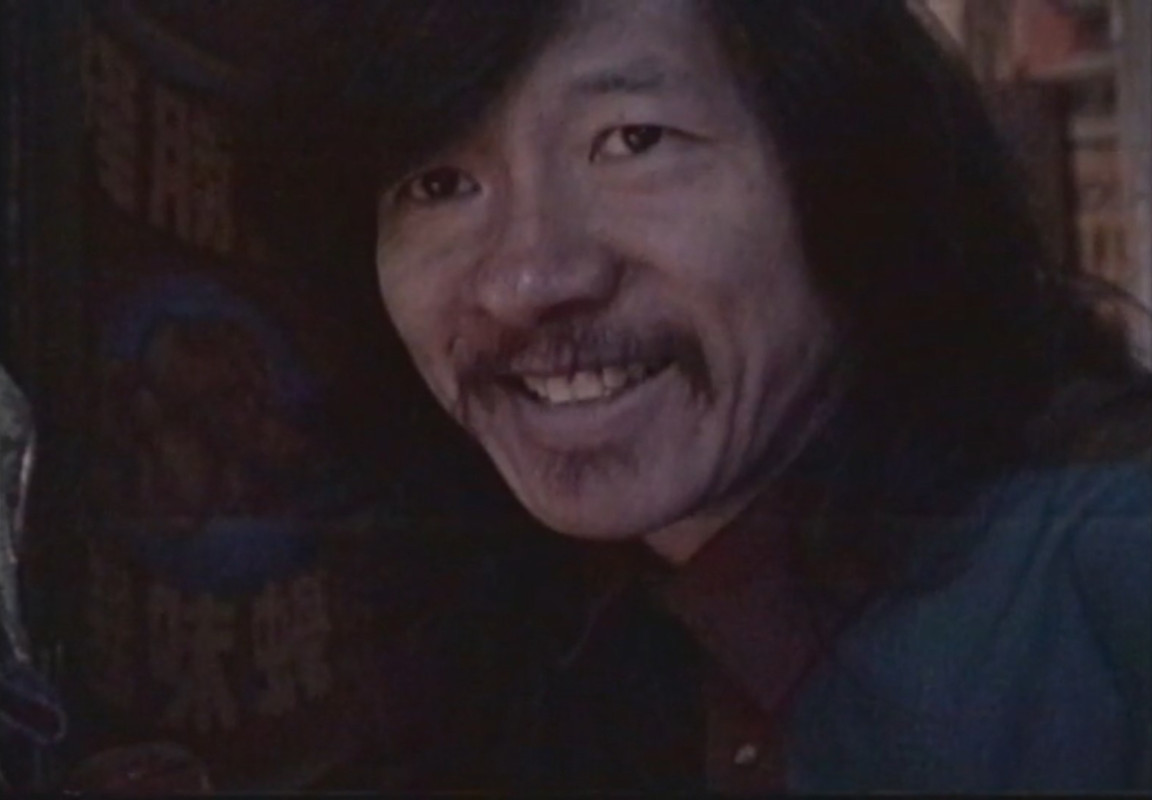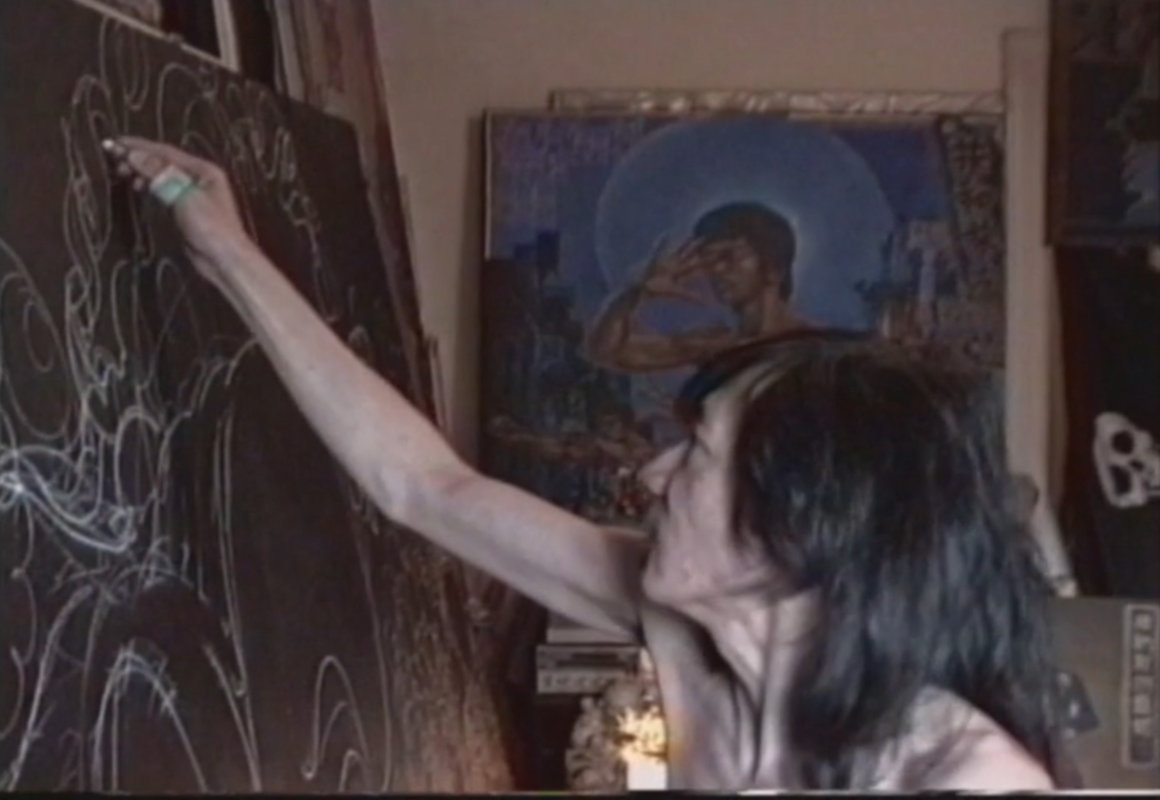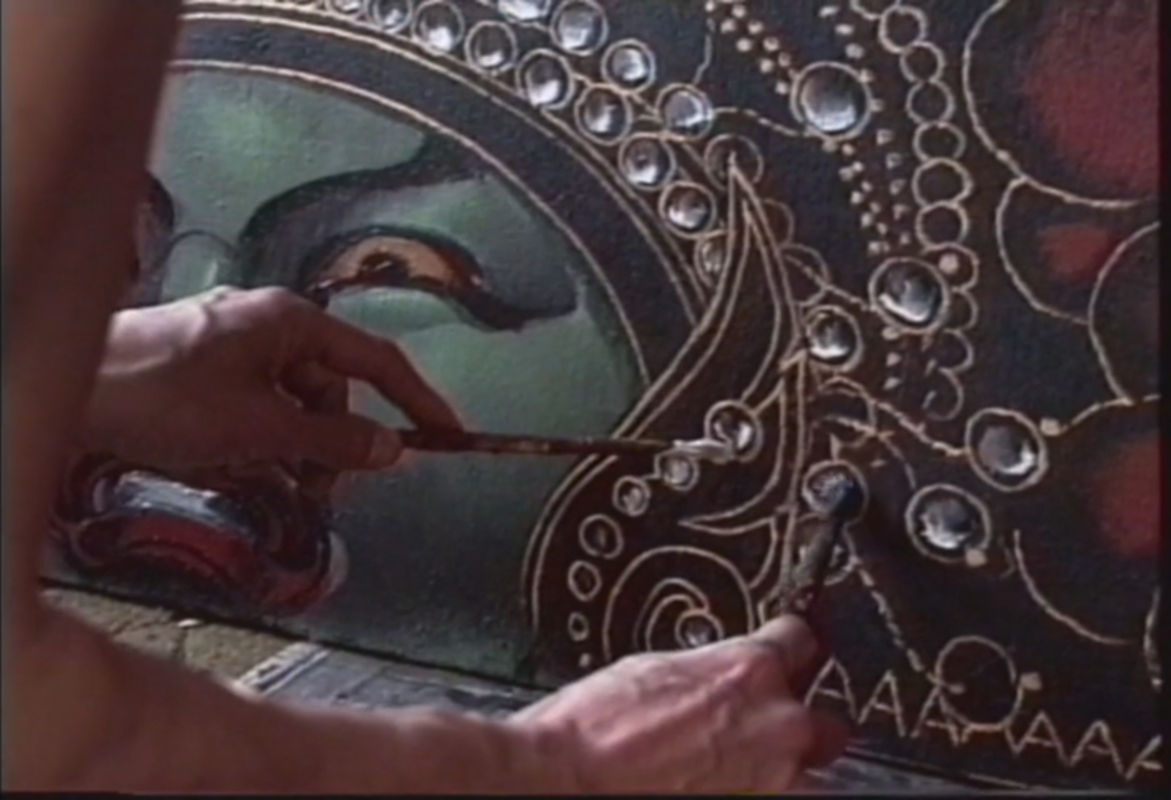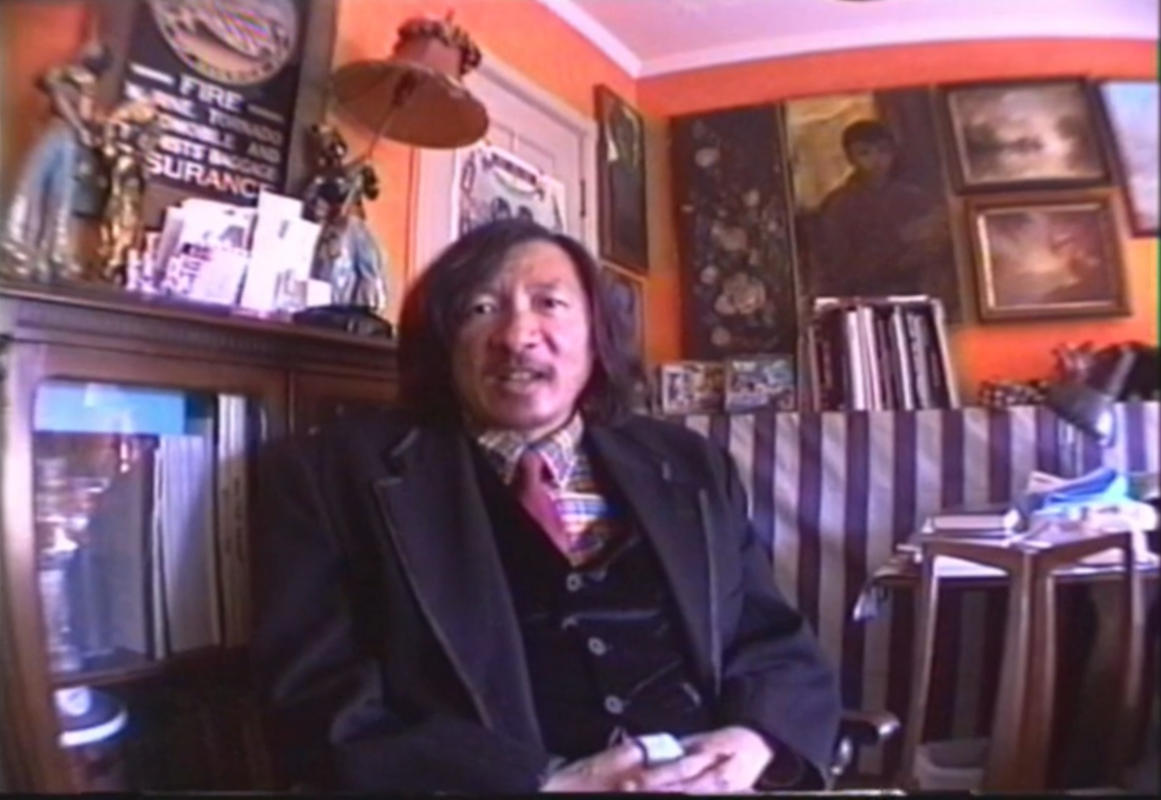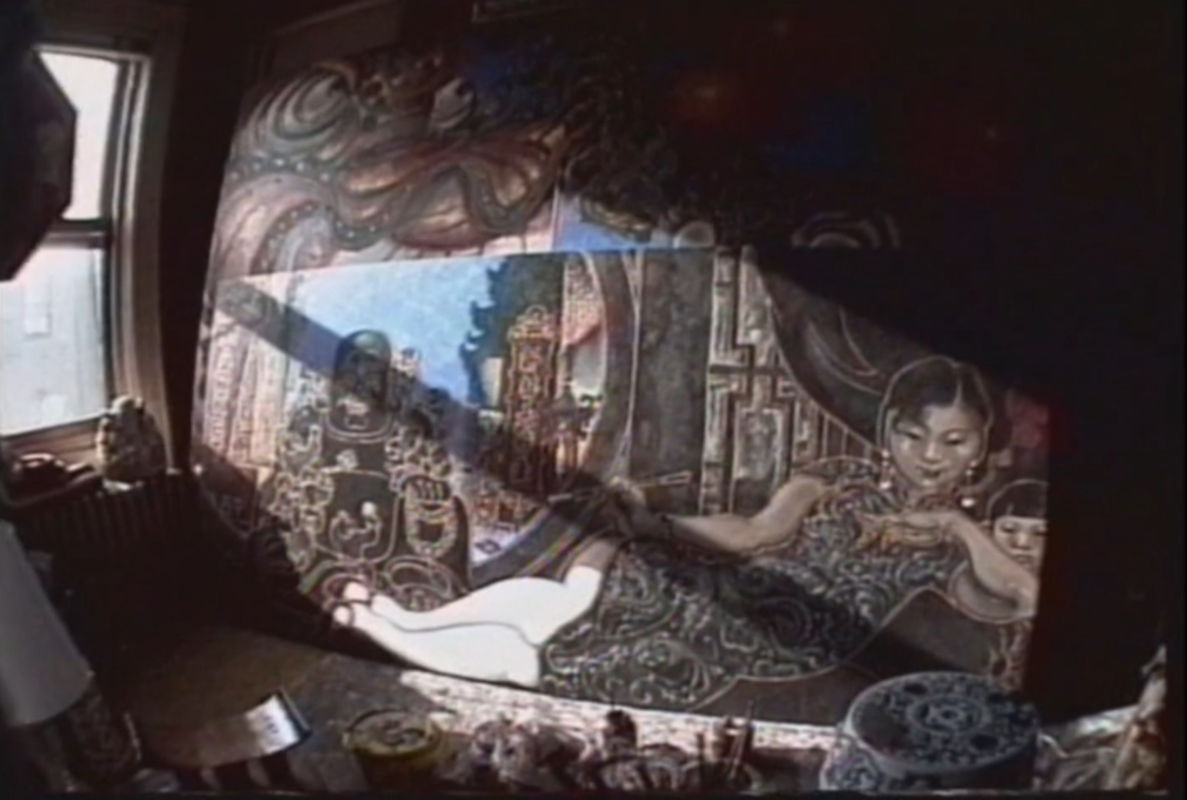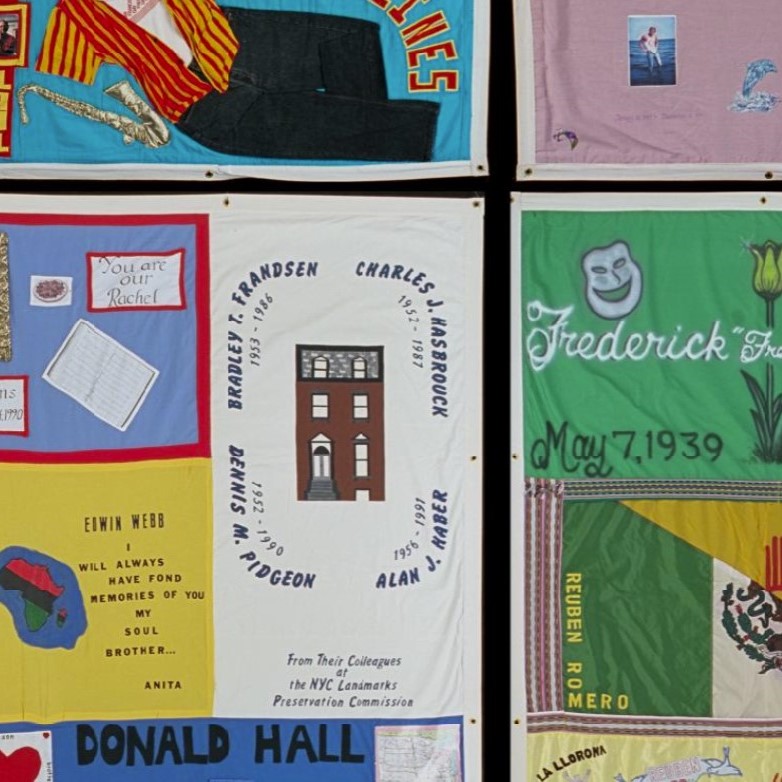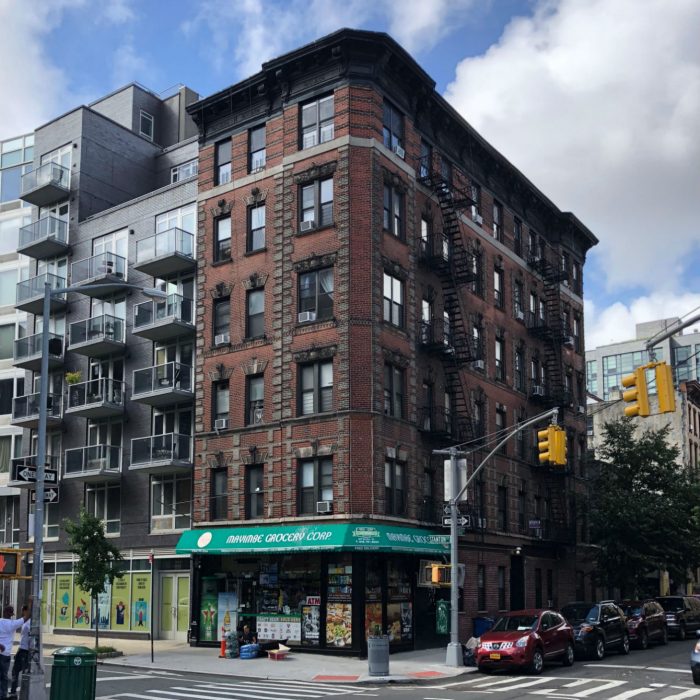
Martin Wong Residence & Studio
overview
Martin Wong was a Chinese American artist and influential figure in the 1980s and early 1990s downtown arts scene.
While living in this Lower East Side tenement building, from 1982 to 1994, he became known for his depictions of local street scenes and everyday people as well as for his pioneering collection of graffiti art.
History
Chinese American artist Martin Wong (1946-1999) moved to the Lower East Side in 1978, living in the Meyers Hotel on Stanton Street. In 1982, he moved to 141 Ridge Street, apartment 9, which he also used as his studio. According to the Martin Wong Foundation, Wong’s “uniquely representational imagery encompassed the urban environment, the history and stereotypes of Chinatown, and homoerotic content.”
Wong, who was openly gay, was an influential figure in the 1980s and early 1990s downtown arts scene, befriending the likes of artists David Wojnarowicz and Keith Haring. Perhaps Wong’s most important friendship was with Miguel Piñero, writer and co-founder of the Nuyorican Poets Cafe, who Wong credited with helping him develop a strong tie to the Puerto Rican community of “Loisaida” (Spanglish for “Lower East Side”). Wong and Piñero were also frequent artistic collaborators and were briefly lovers; for about one year Piñero lived with Wong in the Ridge Street apartment. Wong’s first neighborhood scene was Attorney Street (Handball Court with Autobiographical Poem by Piñero) (1982-84), a painting shortly after acquired by the Metropolitan Museum of Art.
During Wong’s time on Ridge Street, his paintings most often took inspiration from San Francisco’s Chinatown neighborhood, where he was raised, and Manhattan’s Lower East Side and Chinatown. Wong created a series of paintings that focused on the displacement of neighborhood residents in the face of gentrification. Brickwork and American Sign Language featured regularly in his work. Wong had a particular fascination with firefighters, depicting them in such homoerotic paintings as I Really Like the Way Firemen Smell (1988), Big Heat (1988), and Sanja Cake (1991). One of his first homoerotic-themed works was The Annunciation According to Mikey Piñero (1984).
Everything I paint is within four blocks of where I live and the people are the people I know and see all the time.
Throughout the 1980s, Wong amassed a pioneering collection of graffiti art and graffiti-related publications, at a time when graffiti was not highly regarded in the art world. In 1989, he co-created the short-lived Museum of American Graffiti on Bond Street in the East Village. Five years later, when he returned to San Francisco to be under his parents’ care following his AIDS diagnosis, he donated his entire collection of over 300 objects to the Museum of the City of New York.
Wong died of AIDS-related complications in 1999, at the age of 53. In New York, his work can be found in the collections of the Metropolitan Museum of Art, the Whitney Museum, the Museum of Modern Art, and the New-York Historical Society. Retrospectives of his work took place at the New Museum in 1998 and the Bronx Museum in 2015.
Entry by Amanda Davis, project manager (July 2019).
NOTE: Names above in bold indicate LGBT people.
Building Information
- Architect or Builder: Sass & Smallheiser
- Year Built: 1903
Sources
Charlie Ahearn, “Martin Wong portrait 1998,” Vimeo, bit.ly/2XHmX1x.
Houda Lazrak, “Martin Wong’s papers: a deeper look at the graffiti art collector,” Museum of the City of New York Blog: New York Stories, December 23, 2014, wp.me/p1kGOJ-2Fu.
“Martin Wong,” Martin Wong Foundation, bit.ly/32p0Rjf.
Mark D. Johnson and Gary Ware, of the Martin Wong Foundation, e-mails to Amanda Davis/NYC LGBT Historic Sites Project, July 11, 2018.
Martin Wong Papers, 1980-1995, Museum of the City of New York.
Richard G. Mann, “Wong, Martin (1946-1999),” glbtq Archives, 2007, bit.ly/2D2iDwM.
Tiernan Morgan, “The Intimate Visions of Martin Wong, Loisaida’s ‘Chino-Latino’ Painter,” Hyperallergic, January 15, 2016, bit.ly/32jOXqV.
Do you have more information about this site?
This project is enriched by your participation! Do you have your own images of this site? Or a story to share? Would you like to suggest a different historic site?
